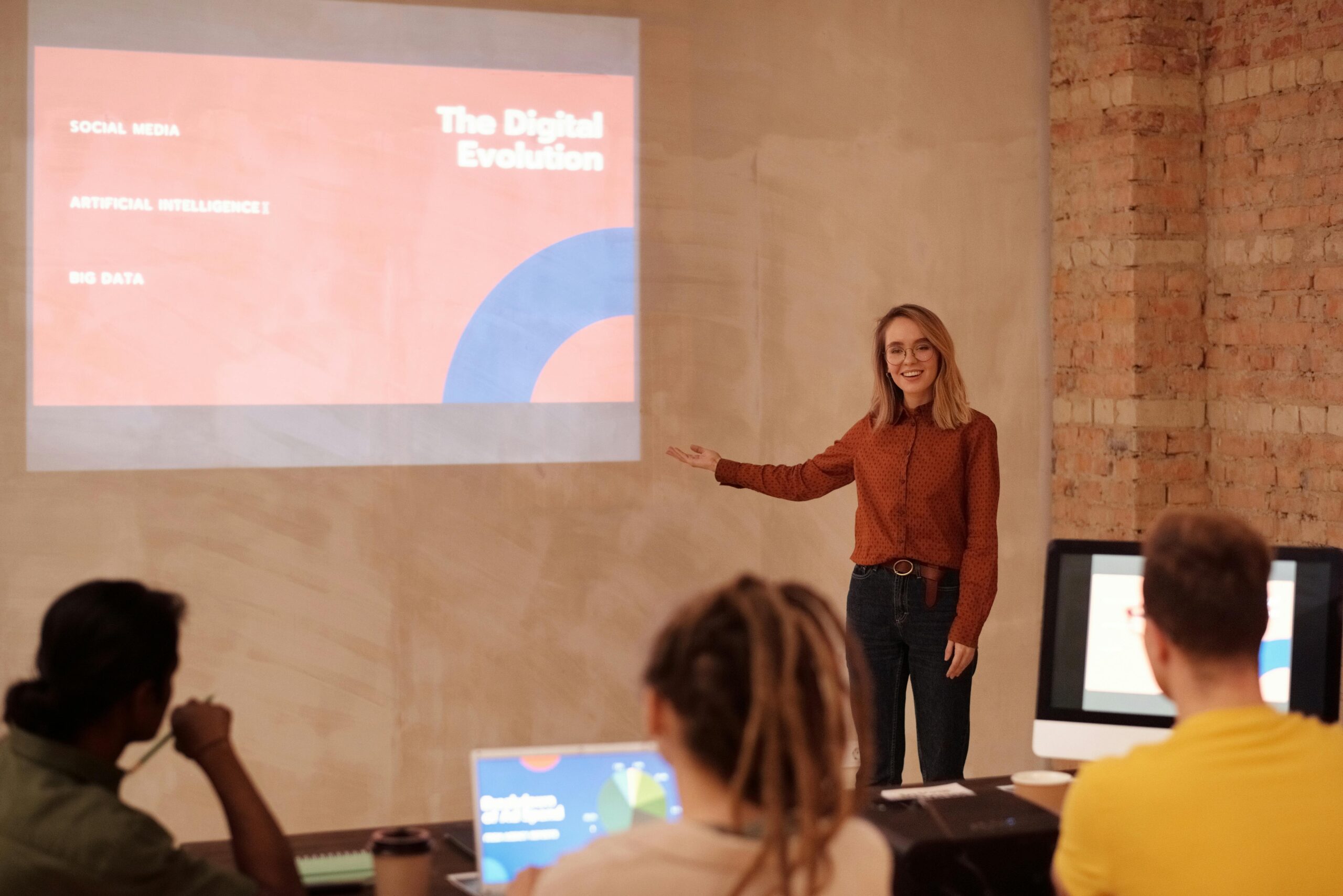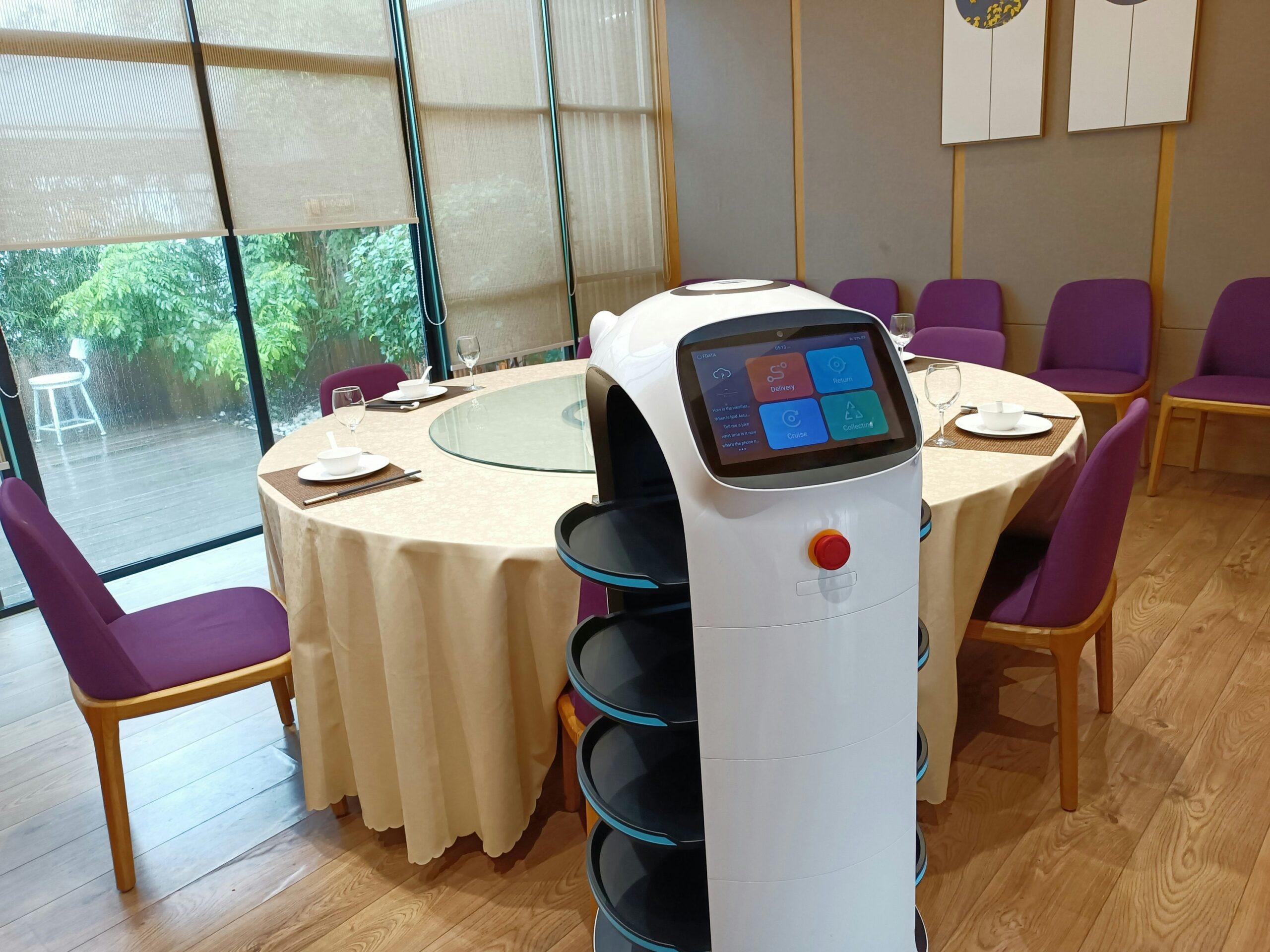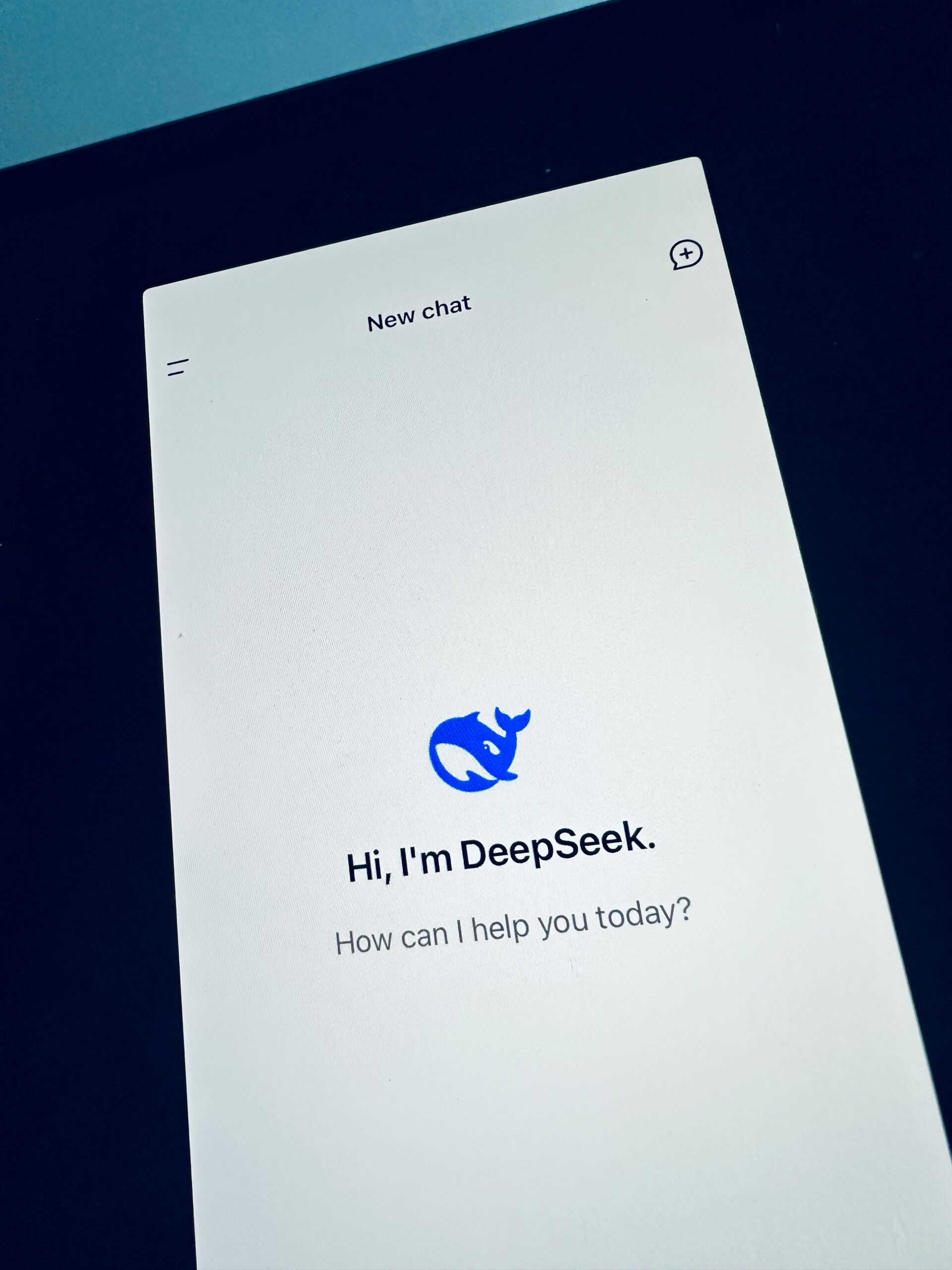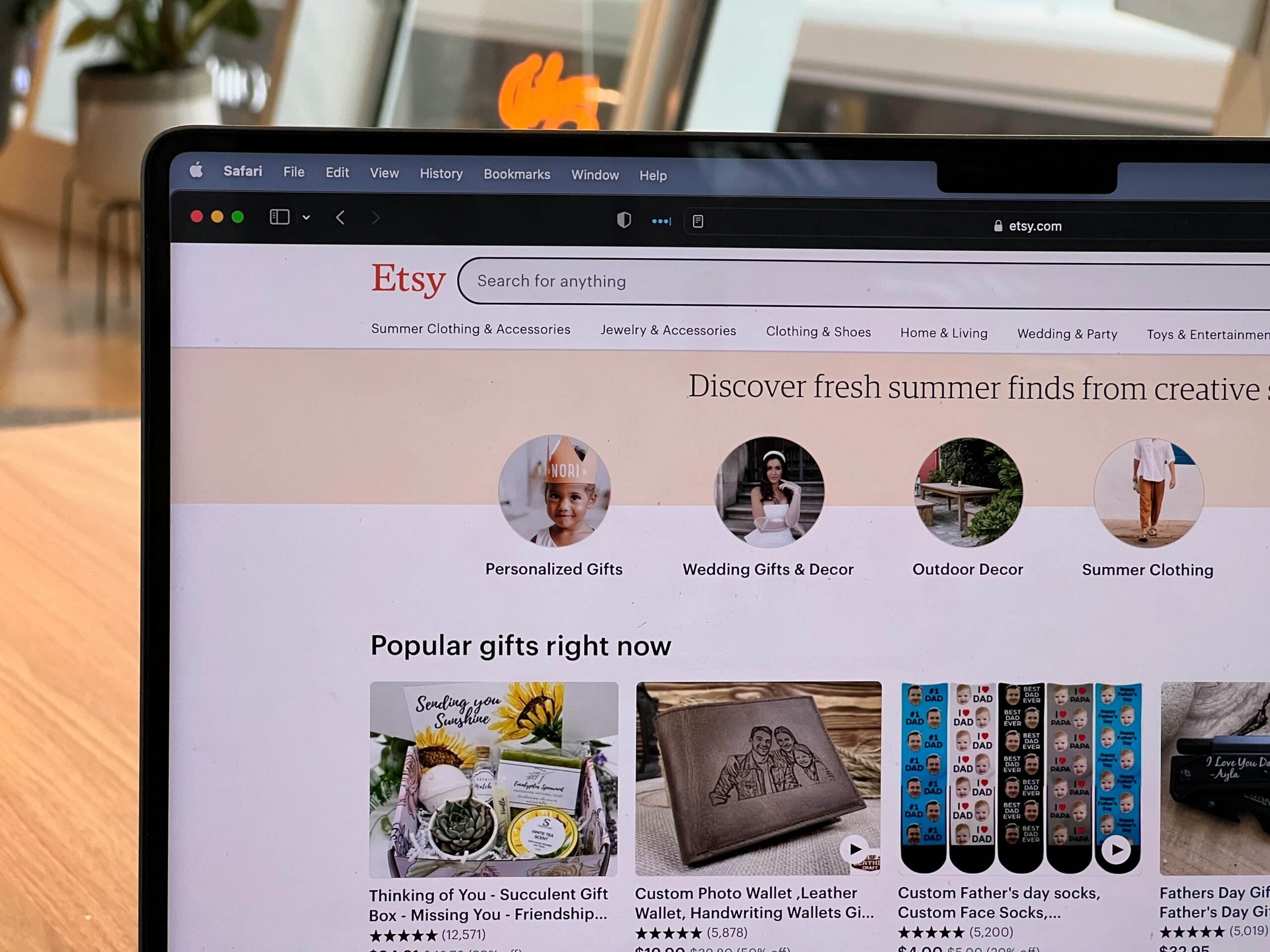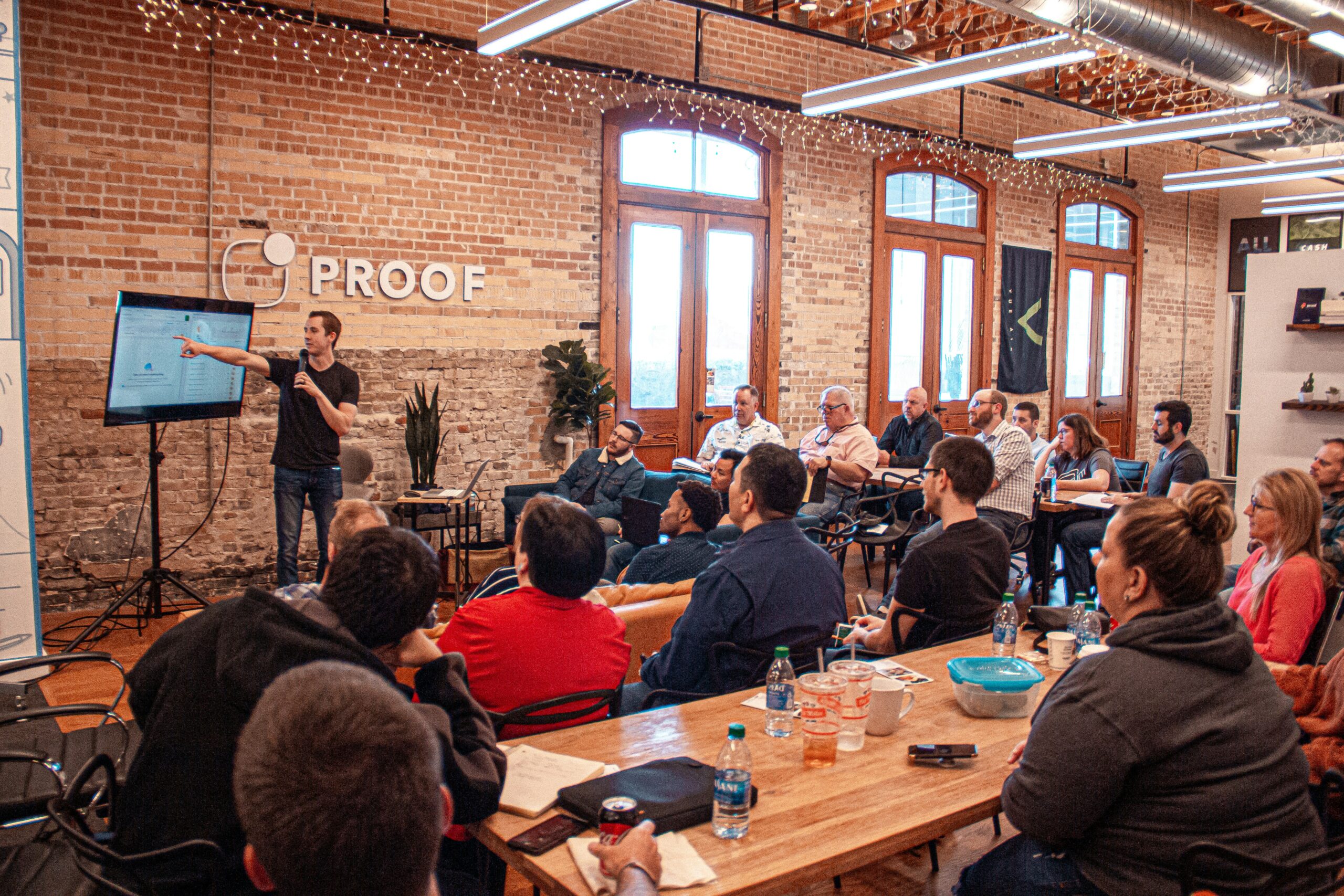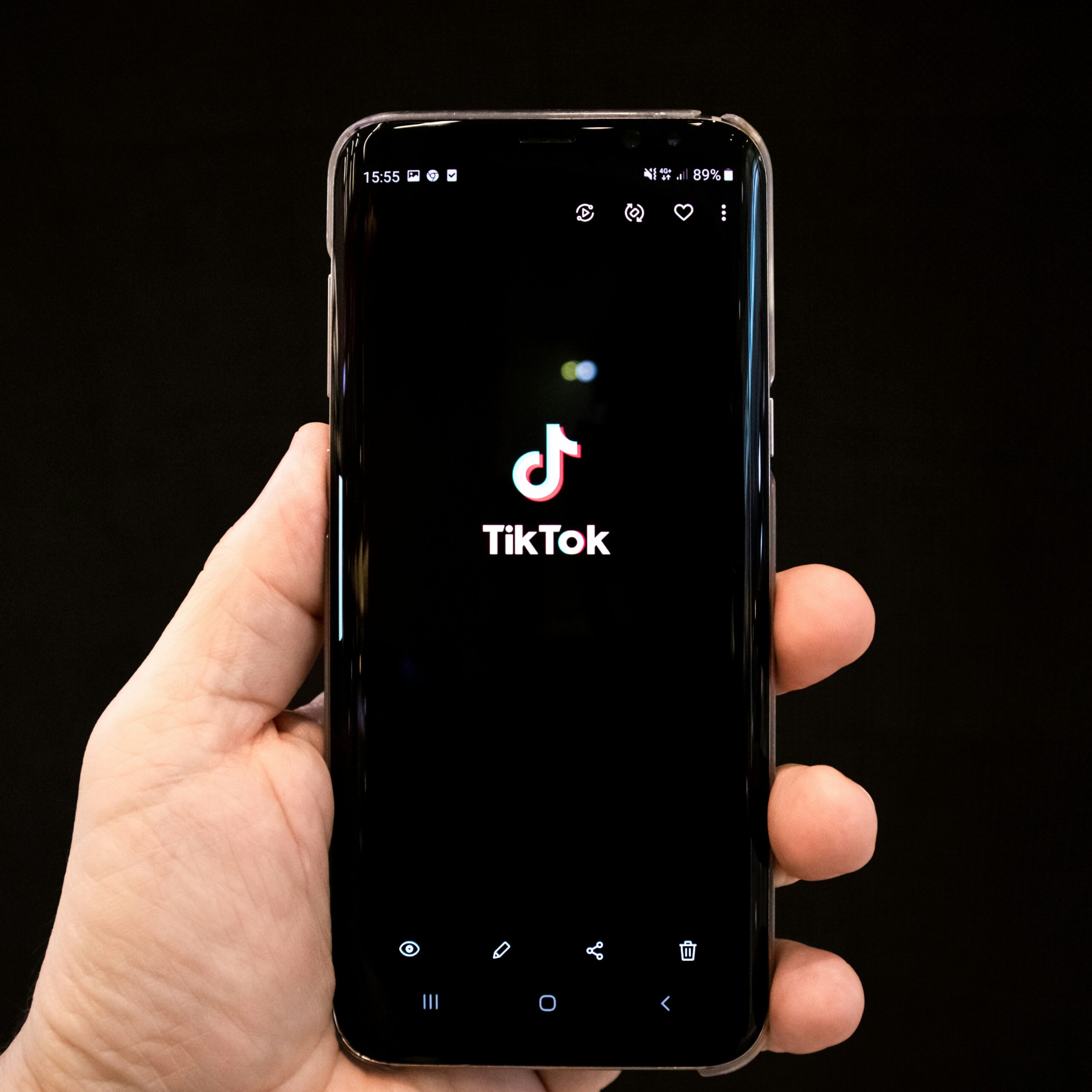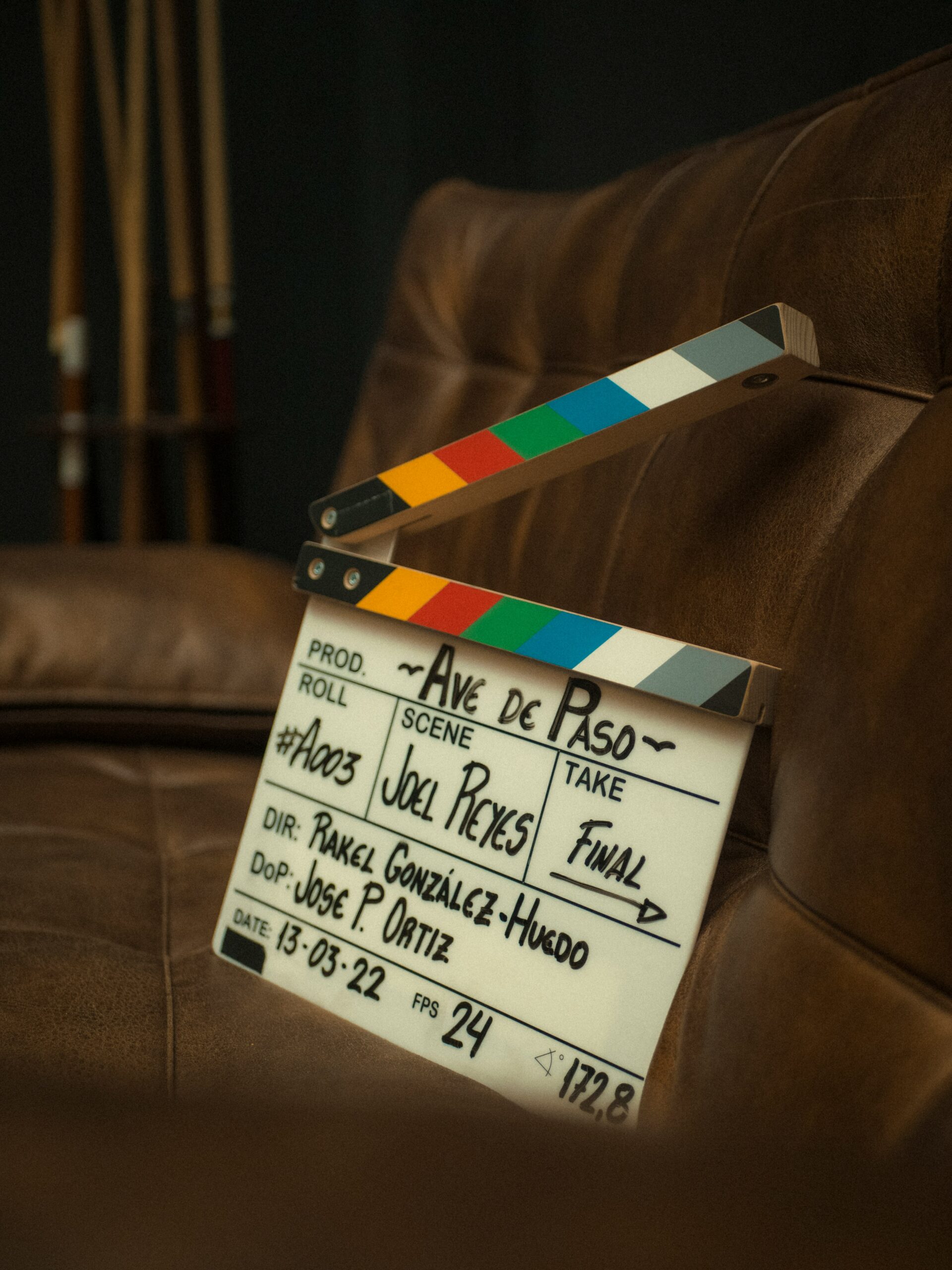Image credit: Unsplash
While many dream of launching their own product that will earn them millions, few actually see this dream come to fruition. To help encourage entrepreneurs to see their frustrations as opportunities, Fast Company Executive Board Member Jay Bhatty believes that a money-making business idea is more achievable than most people think.
The CEO and founder of NatGasHub.com, Bhatty, encourages potential entrepreneurs to use a “painkillers versus vitamins” framework to identify and develop profitable opportunities.
“This comes from a realization I had when I was looking for a business idea myself,” says Bhatty. “Earlier, I had been thinking about making a product and hoping that somebody would buy it, but that philosophy of ‘if you build it, they will come’ is flawed. The opposite of that approach is to listen to your customers, see what pain point they have, and specifically target that pain point with a solution.”
Bhatty’s analogy between painkillers and vitamins is to help potential entrepreneurs identify products and services that will lead to bigger gains. The framework involves a “painkiller,” which is a product or service that provides immediate relief for an acute, tangible problem, and a “vitamin,” which offers long-term benefits but is not as urgently needed.
“If you ask an entrepreneur, ‘Would you rather offer a vitamin or a painkiller in the market?’ most people will choose the vitamin,” explains Bhatty. “They think that a vitamin builds strength and well-being and is something that people will want to improve their lifestyle. But the opposite is actually true in terms of what people will pay money for. If you have back pain today, and I offer you a painkiller, I can tell you that within five minutes, the pain will disappear, and you can go back to living your life. Or I can give you a vitamin, and if you take it every day for the next five years, maybe you won’t have back pain in the future. You’ll probably say, ‘Just give me the painkiller, and I’ll pay for it right now.’”
There are four steps in Bhatty’s framework to help identify a painkiller from a vitamin and develop it into a successful business.
1. Identify the pain point you want to relieve.
You may often experience frustrations in your daily life that could be soothed if a solution was available. Bhatty suggests writing down these frustrations in the notes app on your phone, and after three to six months, make a list of the top 10 frustrations. You can narrow this list down by analyzing and ranking each pain point, and then ask yourself: Which idea do I have the passion and skills to pursue?
2. Stick to your area of expertise.
Use your existing knowledge, skills, and contacts within your current industry when exploring your short list of ideas.
Bhatty states, “Most entrepreneurs are at least 45 years old and have the benefit of contacts within their industry. Those contacts go a long way to finding your first pilot customers or investors. They’re going to see that you have the skills and the knowledge to succeed in this industry.”
3. Don’t worry about growth in the beginning.
Initially, stay focused on building a product that will solve customers’ problems rather than stressing about scaling a business.
“In the beginning, I was worried about how I would generate sales, but the painkiller framework solves that problem because you know that the sales are there. If you target the pain point, and you build a product that solves that pain point, the money will come,” said Bhatty.
4. Learn the art of delegation.
You can delegate tasks that are outside your strengths as your business grows. Identify your weaker areas and then hire skilled professionals to help manage those tasks.
As your business grows, delegate tasks that are outside your core strengths. Determine the domains you struggle with the most, and hire skilled professionals to manage those tasks.
“Every frustration is an opportunity,” he says. “Create a painkiller that solves that problem today.”

